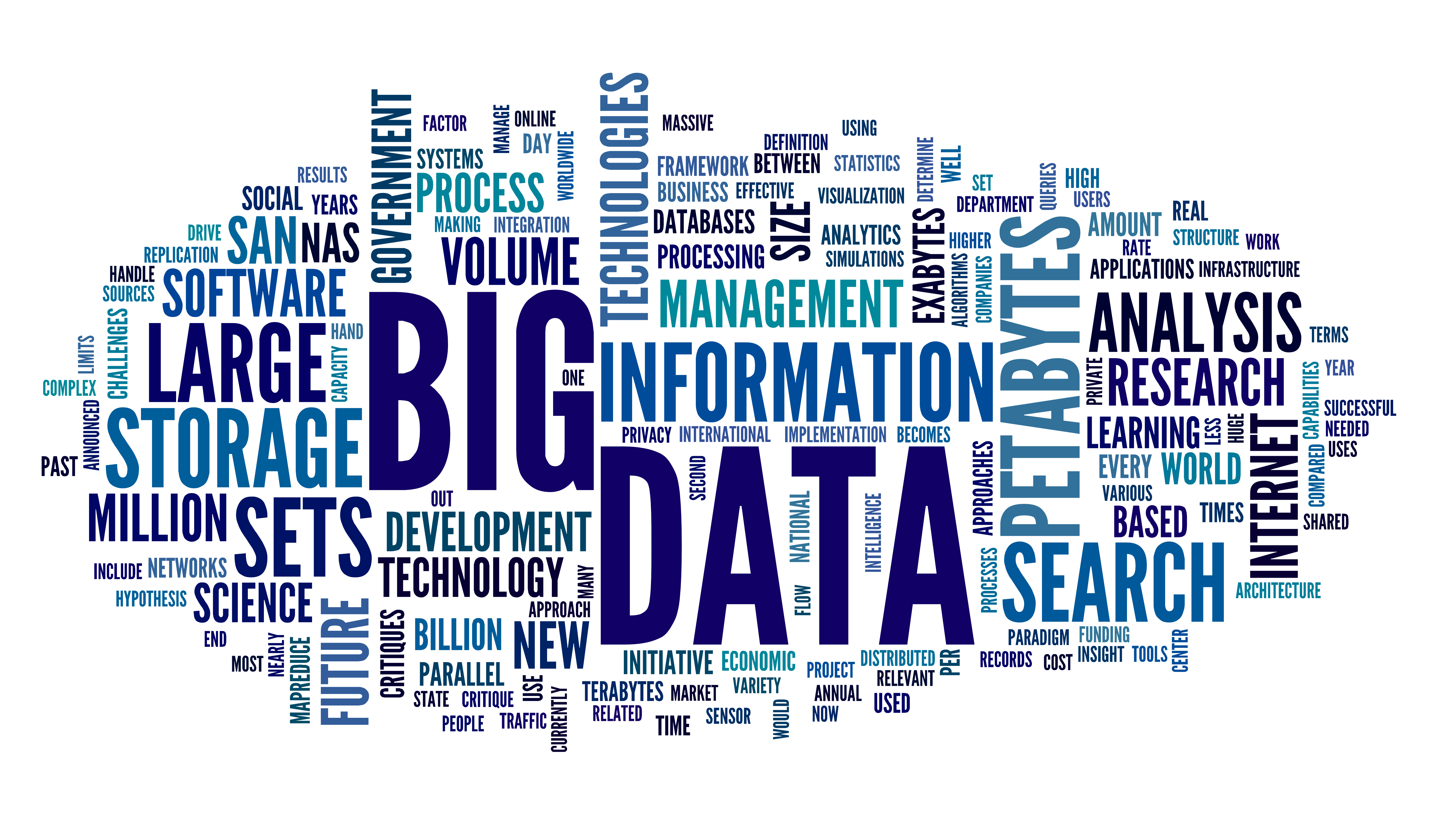Big Data

Big data is a buzzword, used to
describe a massive volume of both structured and unstructured data that is so
large it is difficult to process using traditional database and software
techniques. It usually includes data sets with sizes beyond the ability of commonly
used software tools to capture, curate, manage, and process data within a
tolerable elapsed time. Big data size is continuously increases day by day and
moving toward great target, as of 2012 ranging from a few dozen terabytes to
many petabytes of data. Big data is a set of techniques and technologies that require new forms
of integration to uncover large hidden values from large datasets that are
diverse, complex, and of a massive scale. Doung Laney defined data growth challenges and
opportunities as being 3-Dimensional, i.e inc. volume, velocity and variety.
Characteristics
Bid data can
be explained by the following characteristics:
Volume – The quantity of data is a very
important concept in this context. The size of the data which can determines
that it can actually be considered Big data or Not.
Variety – The next aspect is Variety. This means that the category to which Big Data belongs to is
also an essential fact that needs to be known by the data analysts.
Velocity—The tear “velocity” in the
characteristics refers to the speed of generation of data or how fast the data
is generated and processed to meet the demands.
Technologies
Bid data
requires exceptional technologies to efficiently process large quantities of
data within tolerable elapsed times.
APPLICATION
Big data has
increased the demand of information management software like:
· AG
· ORACLES Corporation
· IBM
· MICROSOFT
· SAP
· EMC
· HP
tHAnks ...........

No comments:
Post a Comment